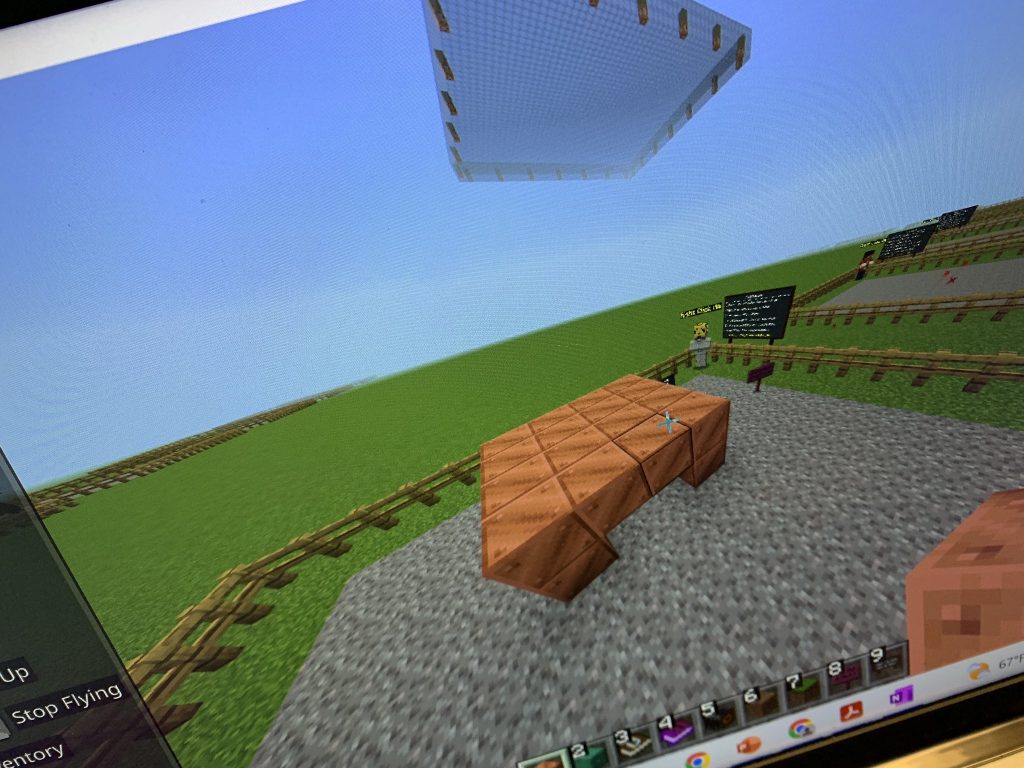
As a new school year is about to start I have been reflecting on my years as a classroom teacher. I remember wondering why a student or group of students were disengaged in my class. I wondered why they would refuse to complete classroom assignments. Oftentimes I would assume that these students were lazy. I was so wrong! Students are not naturally disinterested in learning new things.
I found that there are many reasons for students to have these issues at school. I didn’t think I could control how engaged the students were in my classroom when they were facing such problems in their personal lives.
Then I discovered engaging students through the idea of learning through play. As toddlers, we all learned about the world around us through play. When you build a tower and then it falls down, you are learning about gravity. When you push a car and it stops halfway across the rug, you learn about momentum and friction. Children are sponges and are constantly learning new things through play.
Somewhere in the educational establishment we have forgotten how powerful play can be. The Google Dictionary defines play as to engage in activity for enjoyment and recreation rather than a serious or practical purpose. Play can be very serious and practical.
To explain how we can engage students in play in a purposeful way I’ll share an experience I had with students. A long while ago I was teaching math to fourth graders. I was introducing students to a new concept. I decided to pull out the base ten blocks to illustrate the concept. The students didn’t want anything to do with the blocks. The blocks were not engaging. The lesson crashed and burned.
Fast forward many years and I had the opportunity to teach a group of fourth graders again. This time instead of introducing the concept with base ten blocks I used Minecraft Education. The students were so engaged! They were “playing” Minecraft, but they were demonstrating knowledge by placing blocks to represent a math concept.
I think the biggest reason play is engaging and effective in the classroom is because play is safe. Students can make mistakes and not be penalized for it. They can fail and try again. Through play, students build confidence as they make mistakes and then correct them.
Utilizing play in the classroom isn’t easy. It isn’t neat and quiet. It is noisy and messy. It doesn’t fix the problems students are having at home. But it is engaging. Learning through play is where authentic learning happens.